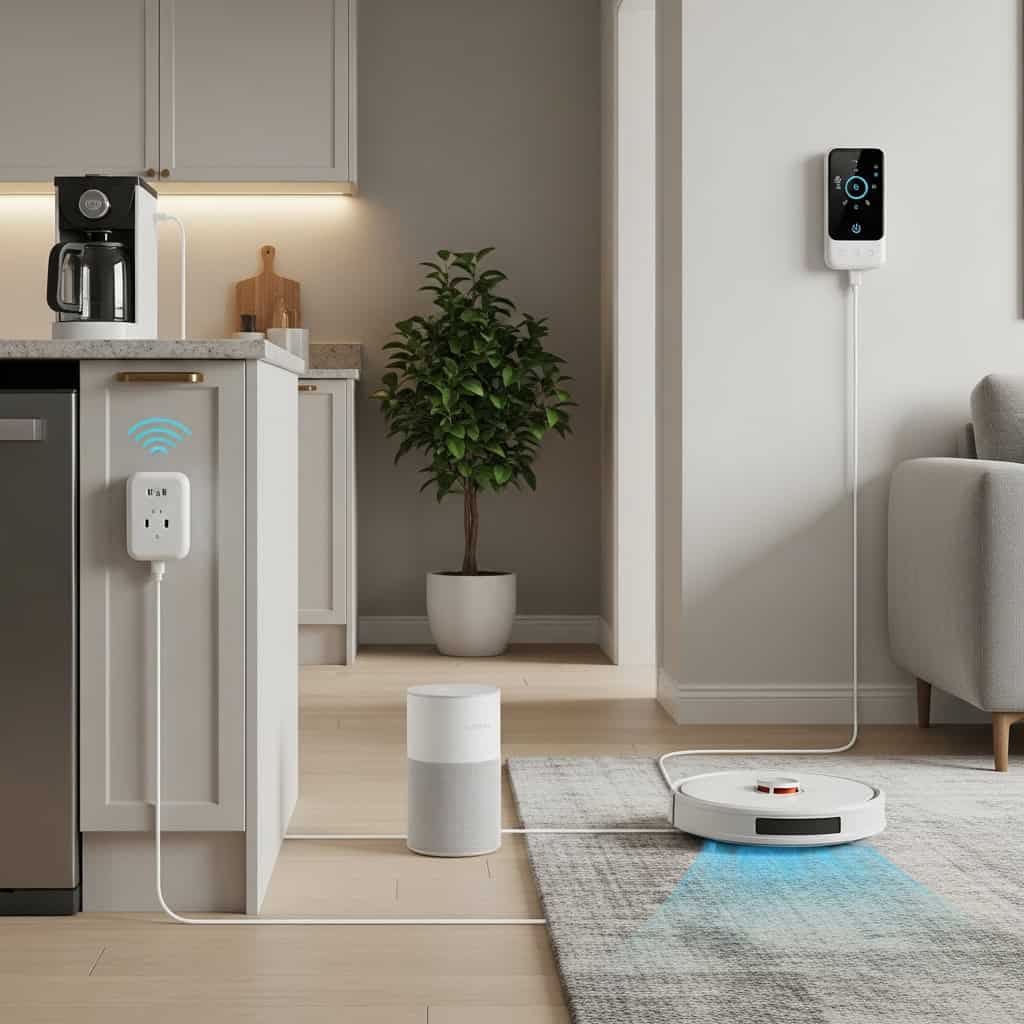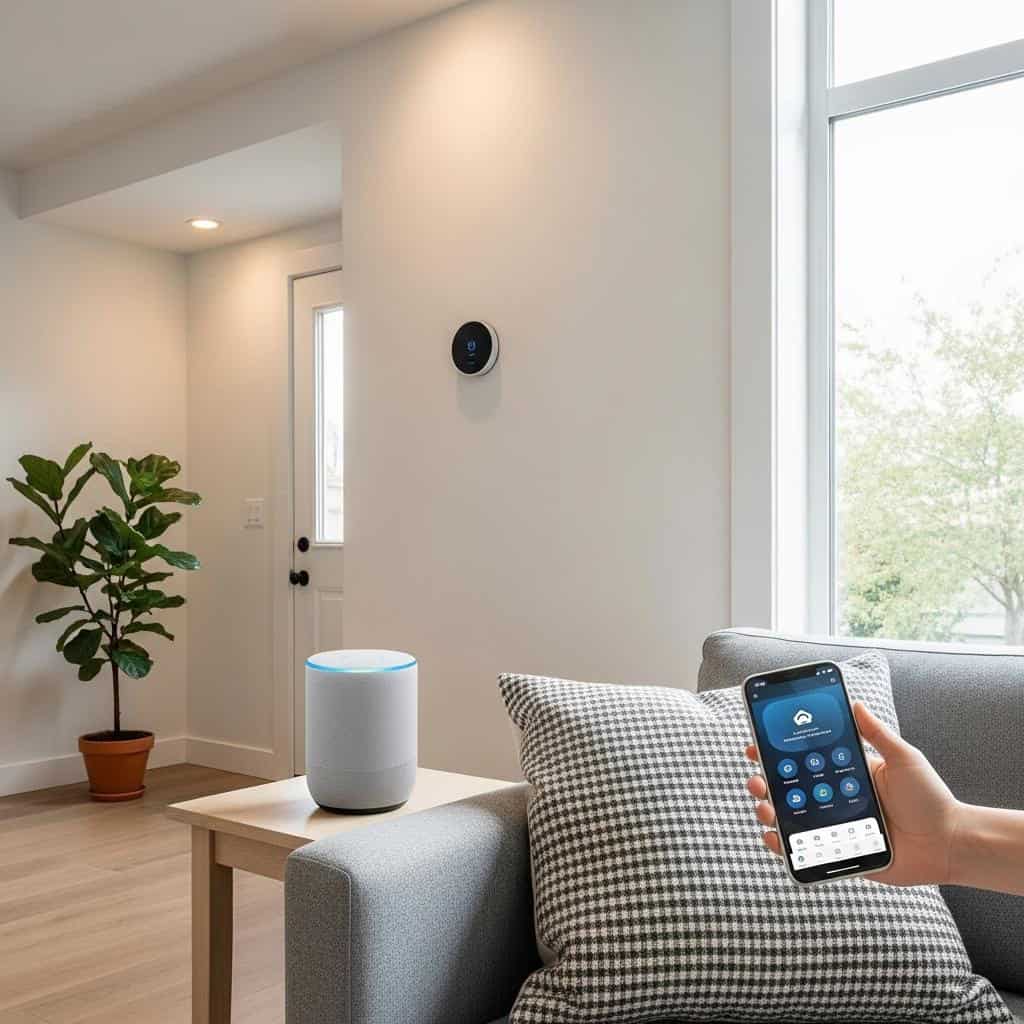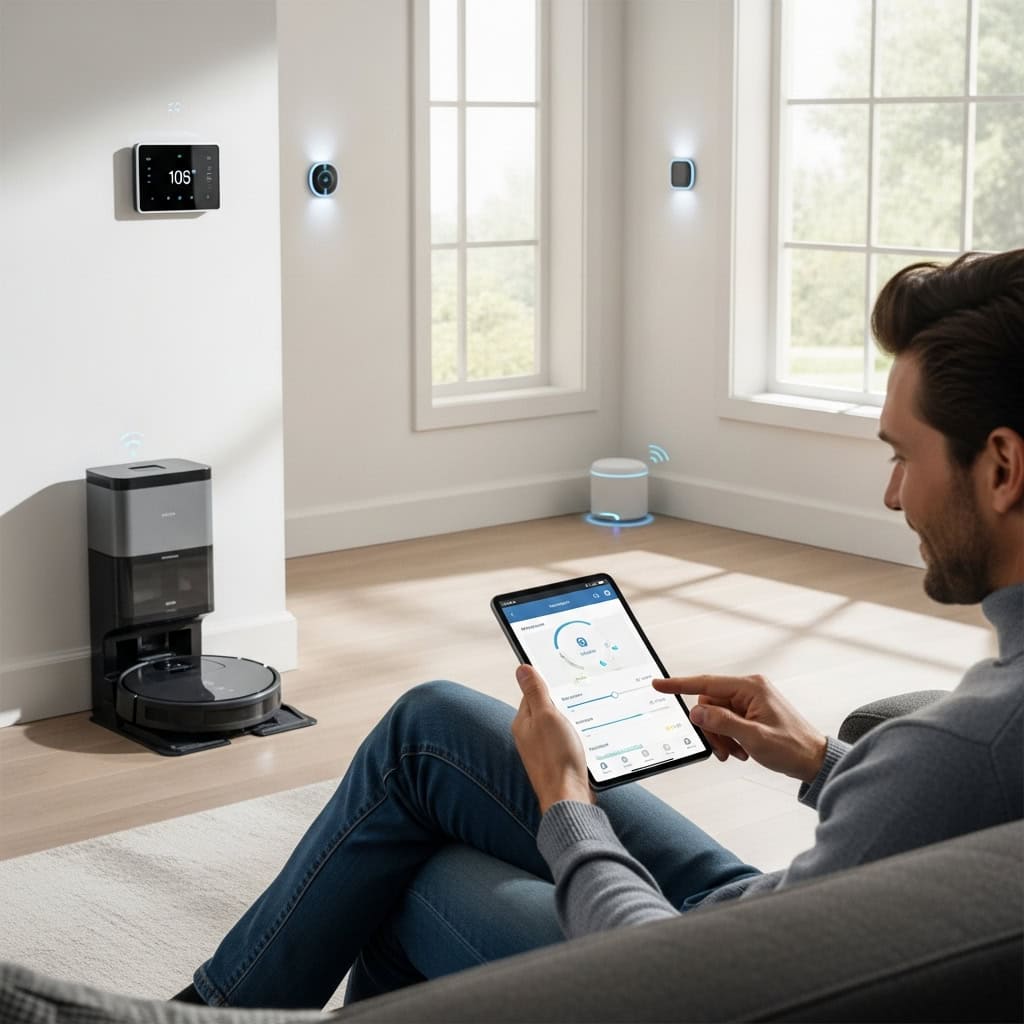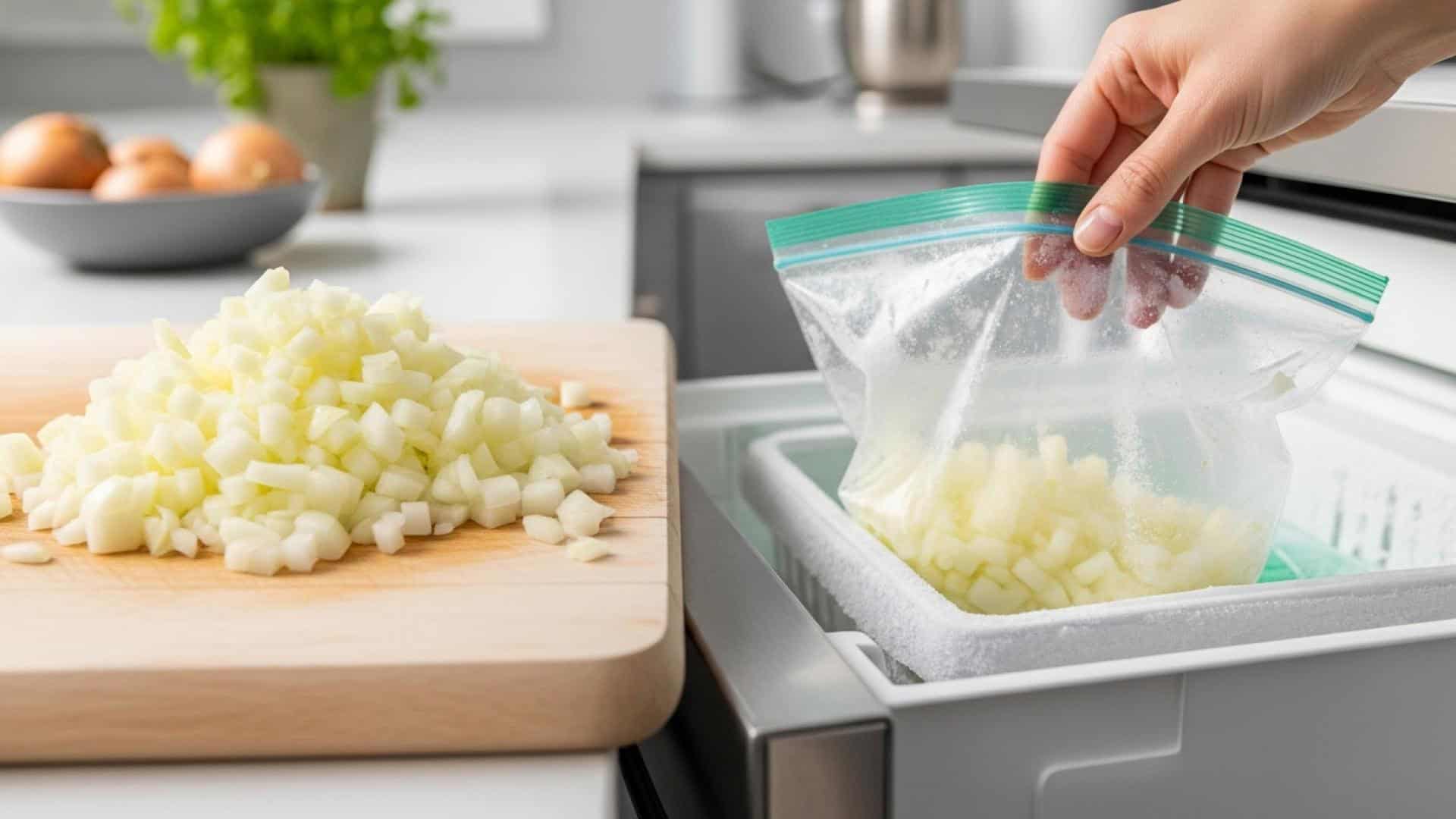What Happens When You Automate Routine Tasks at Home
The rise of smart home technology is transforming everyday living, making routine chores faster, easier, and more enjoyable. Automating tasks like lighting, cleaning, and temperature control streamlines your day and brings peace of mind. As more households adopt devices such as smart thermostats and robotic vacuums, understanding the benefits is crucial.
This guide explores how automation boosts efficiency, enhances convenience, and increases security. Whether you’re a tech enthusiast or just getting started, discover why home automation is more than a trend—it’s a lifestyle shift.
Identify Routine Tasks Suitable for Automation

Begin by analyzing your daily and weekly routines to spot tasks that require frequent repetition, such as turning lights on and off, adjusting thermostats, vacuuming, or locking doors. These time-consuming chores are prime candidates for automation, as they can free up valuable time and reduce mental load.
Prioritizing repetitive tasks ensures you gain the most convenience and efficiency from your smart home setup. For inspiration and practical tips, check out PCMag’s list of the best smart home devices to see what can be automated in your space.
Choose the Right Smart Home Devices

After identifying which tasks to automate, select smart devices tailored to those needs, such as smart plugs for appliances, robotic vacuums for cleaning, or smart thermostats for climate control. Ensure the devices you choose are compatible with your existing home systems.
Many products work seamlessly with platforms like Amazon Alexa, Google Home, or Apple HomeKit. Prioritize products that will have the biggest impact on your daily life. For an in-depth look at device options and compatibility, visit Tom’s Guide to the best smart home devices.
Set Up Automation Schedules and Rules

Once your devices are installed, use their companion apps or smart home hubs to create personalized schedules and automation rules. Set lights to turn on at sunset, program your thermostat to adjust before you wake, or schedule your robotic vacuum to clean while you’re at work.
These automations save time and enhance comfort by matching device behavior to your routines. Effective scheduling ensures you gain efficiency without constant manual input. For step-by-step guidance, refer to The Verge’s smart home automation guide.
Integrate Voice Assistants and Mobile Controls

Enhance your smart home experience by connecting devices to voice assistants like Amazon Alexa or Google Assistant. This integration allows you to control lights, thermostats, and more with simple voice commands or through mobile apps, adding unmatched convenience and flexibility.
To get started, follow the device’s instructions to link it with your chosen platform via its app settings. This setup makes it easy to manage routines remotely or hands-free. For detailed instructions, visit Digital Trends’ guide to setting up a smart home.
Monitor Performance and Adjust Settings

After automating your home, regularly monitor device performance through mobile apps or smart home dashboards. Review routines to ensure tasks are completed efficiently and make adjustments if you notice missed triggers or energy waste.
Troubleshoot any connectivity issues and update firmware when available to maintain optimal function. Fine-tuning your automations not only improves reliability but can also help lower energy usage and maximize time savings. For tips on optimizing your smart home setup, check out Wired’s smart home efficiency guide.
Evaluate the Impact on Daily Life

Take time to assess how automation has transformed your daily routine. Notice the minutes or even hours saved each week, reduced stress from fewer manual chores, and the added convenience of hands-free controls.
Reflecting on these improvements can help you identify additional areas for automation, such as adding smart blinds or advanced security features. Continually expanding your smart home system ensures ongoing comfort and efficiency. For inspiration and ideas on further automation, visit TechRadar’s smart home automation ideas.
Conclusion

Automating routine tasks at home leads to measurable improvements in efficiency, convenience, and peace of mind. By identifying repetitive chores, selecting compatible smart devices, customizing schedules, integrating voice controls, and continuously optimizing settings, you create a more comfortable and stress-free environment.
The benefits go beyond saving time—they simplify your life and let you focus on what matters most. As smart home technology evolves, keep exploring new options to further enhance your home. For more guidance on maximizing your smart home, check out Consumer Reports’ smart home advice.






